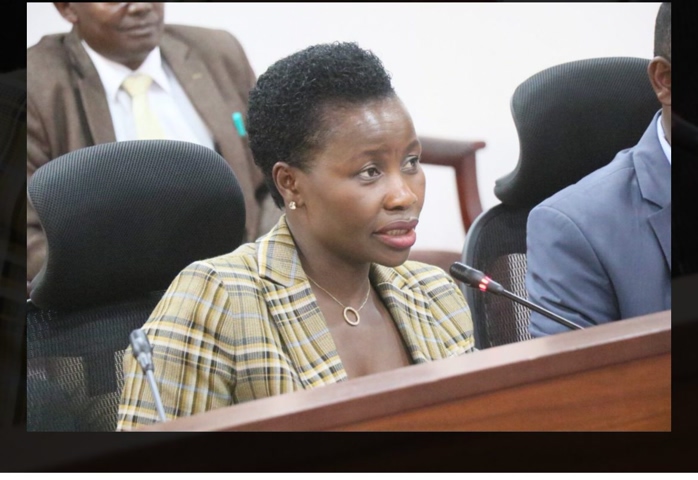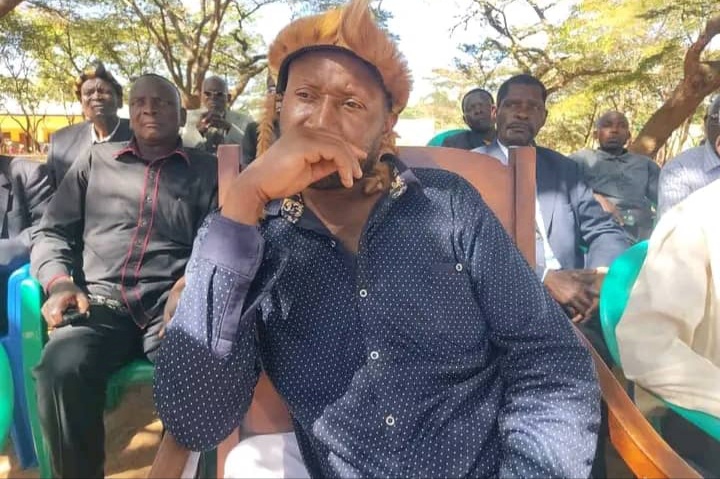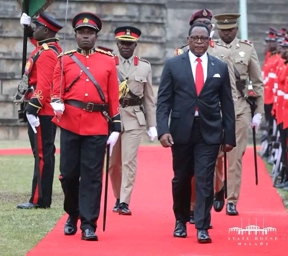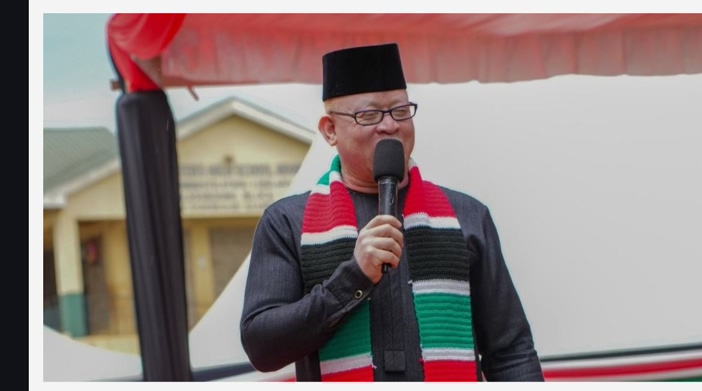Kenya’s Hustler Fund Faces Uncertain Future Amid Major Budget Cuts And Loan Defaults

By Lisbeth Micheni, Kenya
The future of President William Ruto’s signature Financial Inclusion Fund, popularly known as the Hustler Fund, is in jeopardy, after the National Treasury allocated only Sh1 billion for the next fiscal year far short of the Sh6 billion sought by the fund’s administrators.
The drastic funding shortfall now puts at risk the continued support for millions of Kenya’s micro, small, and medium enterprises (MSMEs), with the fund currently serving over 25 million users.
The Treasury’s decision comes at a time when officials have raised alarm over unrecovered loans issued during the fund’s initial rollout. Speaking to Parliament’s Trade, Industry, and Cooperatives Committee, MSMEs Principal Secretary Susan Mageni revealed that the government is weighing a possible Sh6 billion loan write-off for borrowers who defaulted after receiving funds in late 2022.
“We’ve found that while about nine million borrowers remain active, many others took a single loan and never returned. Our credit scoring now shows that around 4.5 million are top-rated borrowers. The rest present high risk,”Mageni said.
Her testimony sparked concern among lawmakers, who questioned the rationale of allocating more public funds to a program facing serious recovery challenges.
Committee Vice Chair Marianne Kitany criticized the move, highlighting the difficulty in justifying fresh disbursements without addressing existing repayment issues.
Committee Chair Benard Shinali echoed the concerns, urging the government to reassess its spending priorities amid pressing national development needs like infrastructure.
In response, Mageni defended the initiative, outlining ongoing reforms including a new tier-based credit assessment system aimed at rewarding borrowers with good repayment records.
She also mentioned the introduction of new products like bomayangu, intended for reliable customers.
However, she admitted legal barriers limit the state’s ability to enforce repayment, and that a legal review is underway to explore feasible debt recovery options.
She also disclosed that her office has notified the fund’s service providers about the upcoming changes in disbursement strategy, focusing on responsible borrowers.
Despite these efforts, the significant budget gap raises serious questions about the viability of the program.
“The fund needs Sh5 billion to operate effectively, yet we’ve only received Sh1 billion. We are calling for full budget restoration to meet the growing demand,” Mang’eni said.
Initially launched in late 2022 to boost financial access for low-income Kenyans as part of President Ruto’s bottom-up economic model, the Hustler Fund now faces mounting challenges amid funding constraints and mounting defaults.
categories
recent posts


MALAWI: Mzimba Chief Dismisses Traditional Leaders Over Anti-MCP Primary Statement

MALAWI: President Chakwera Heads To SADC Summit In Zimbabwe


